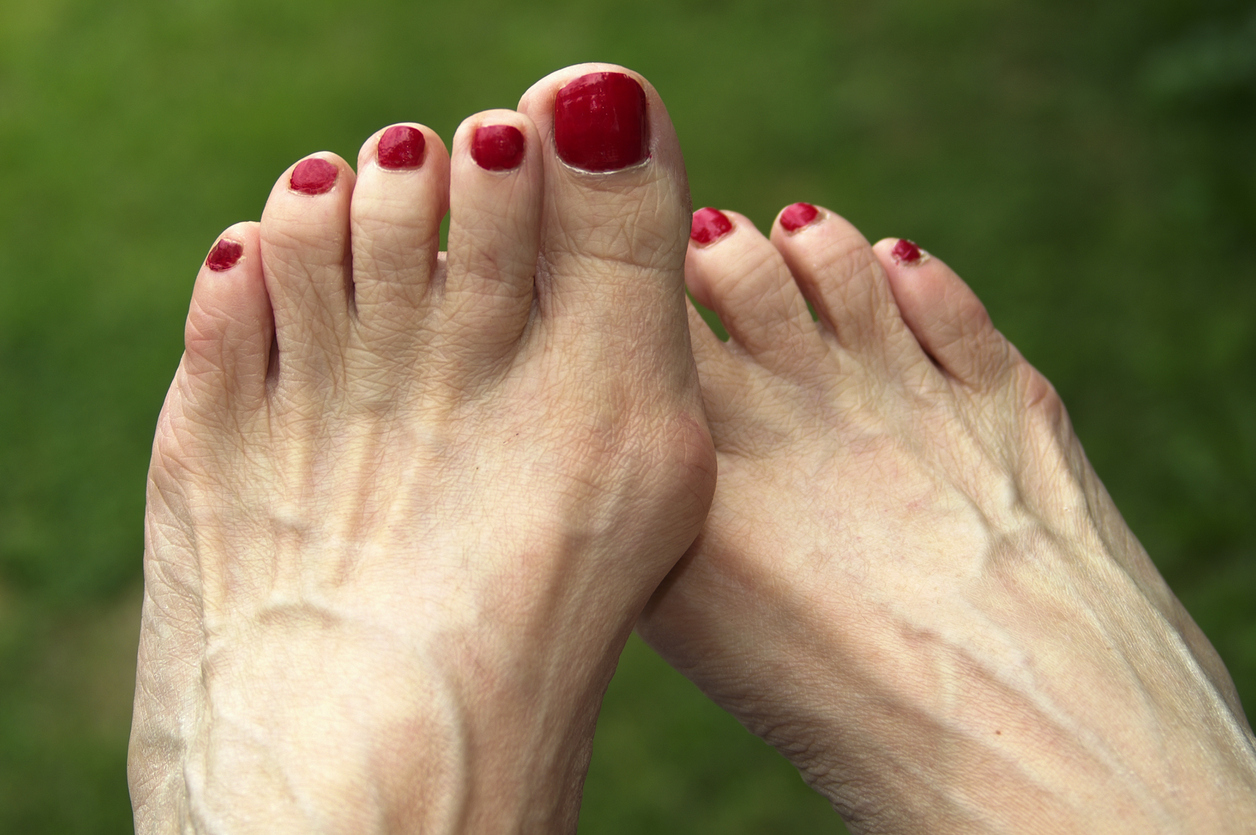A podiatrist, officially known as a doctor of podiatric medicine (DPM), is trained to treat issues in the foot, ankle, and lower leg. They can help restore proper function, reduce pain, and speed healing after an injury or surgery. Here are a few examples of when to see a podiatrist.
1. Diabetes
If you have diabetes, it’s important to see a podiatrist regularly. When blood sugar levels are too high for too long, blood flow to the lower extremities is often impacted. This reduced blood circulation can eventually lead to nerve damage called diabetic neuropathy, with reduced sensation and difficulty with infections.
2. Pain
Experiencing pain during your normal day-to-day activities or while walking is an indication that you may have an issue with your feet. Don’t put off seeing a podiatrist—especially because you may be able to avoid a small issue from turning into one that requires more extensive or invasive treatment.
3. Plantar fasciitis/heel pain
If you’ve experienced plantar fasciitis, you know that it can be painful and limit your physical activities. Caused by inflammation of the tendon-like band on the bottom of the foot that runs from the heel to the ball of the foot. plantar fasciitis does not go away on its own. Seeing a podiatrist at the first onset of symptoms can rule out any other conditions and get you on the road to recovery more quickly.
4. Ingrown nails
Ingrown nails are common—and painful. However, we often think of this condition as an inconvenience and not worth the bother of seeing a doctor. However, to safely remove an ingrown toenail and prevent infection, see a podiatrist when an ingrown toenail causes pain, or you notice redness, swelling, or other signs of problems.
5. Painful bunions
That bony bump at the base of your big toe is likely a bunion. Bunions develop over time when bones in the front part of the foot shift, forcing the joint of the big toe to stick out. Bunions can be treated using conservative, non-invasive methods. By seeing a podiatrist at the earliest signs of the problem, they can typically be treated without surgery.
Welia Health’s podiatrist, Corey Valentine, DPM, sees patients in both Mora and Pine City. A referral may be required from your primary care provider, please check with your insurance carrier. For more information, or to schedule an appointment, call Welia Health at 320.679.1313.





